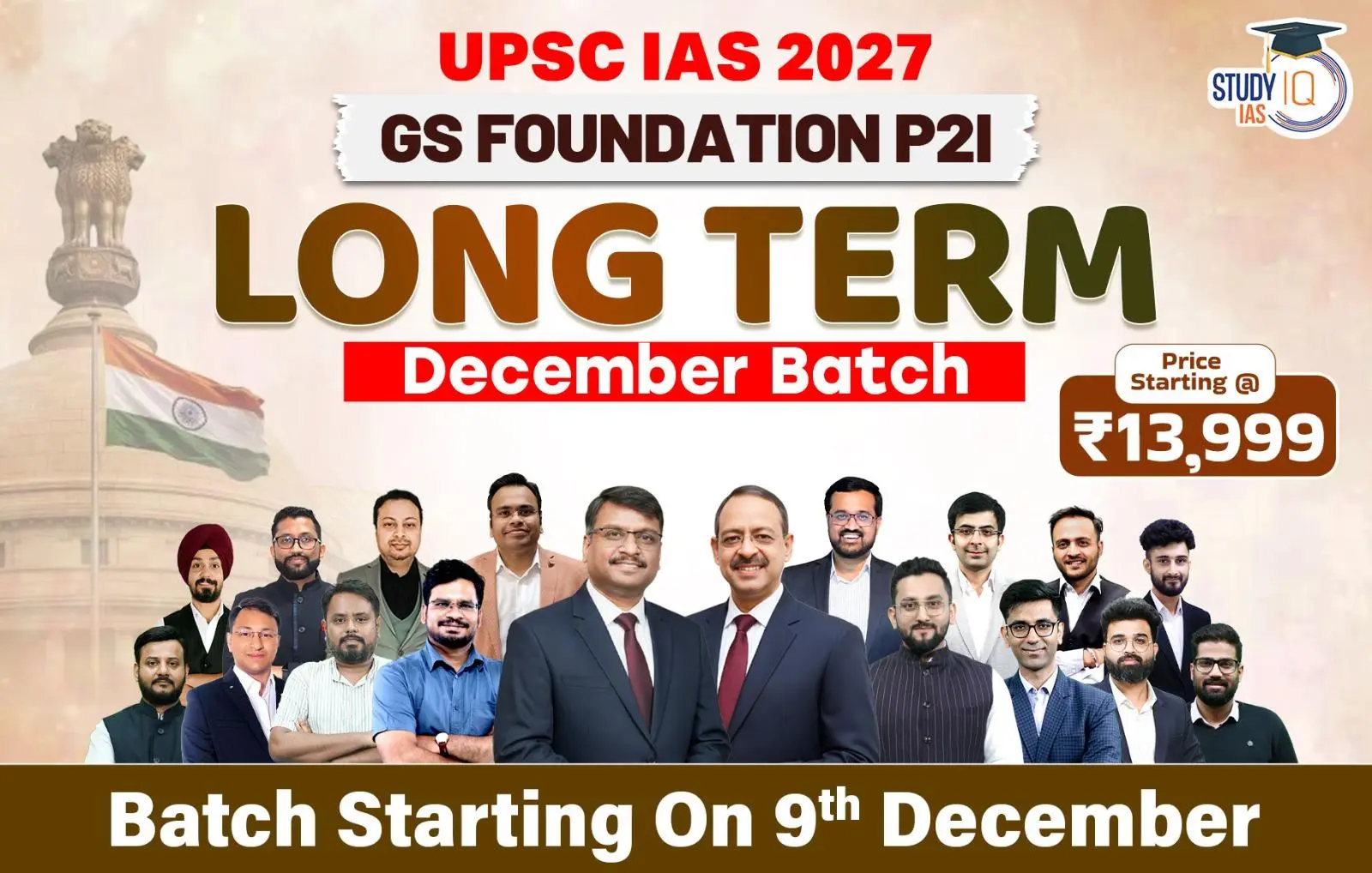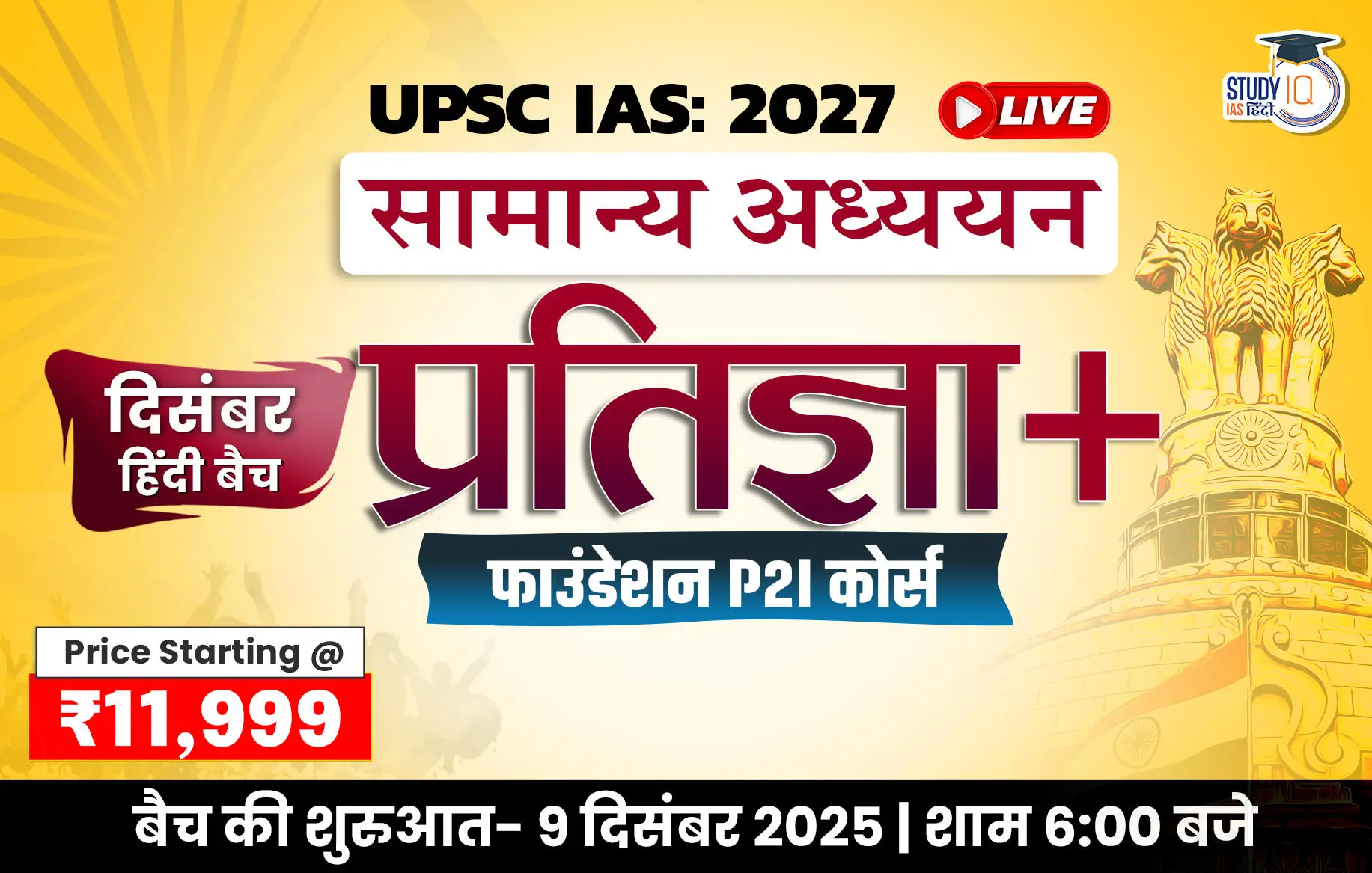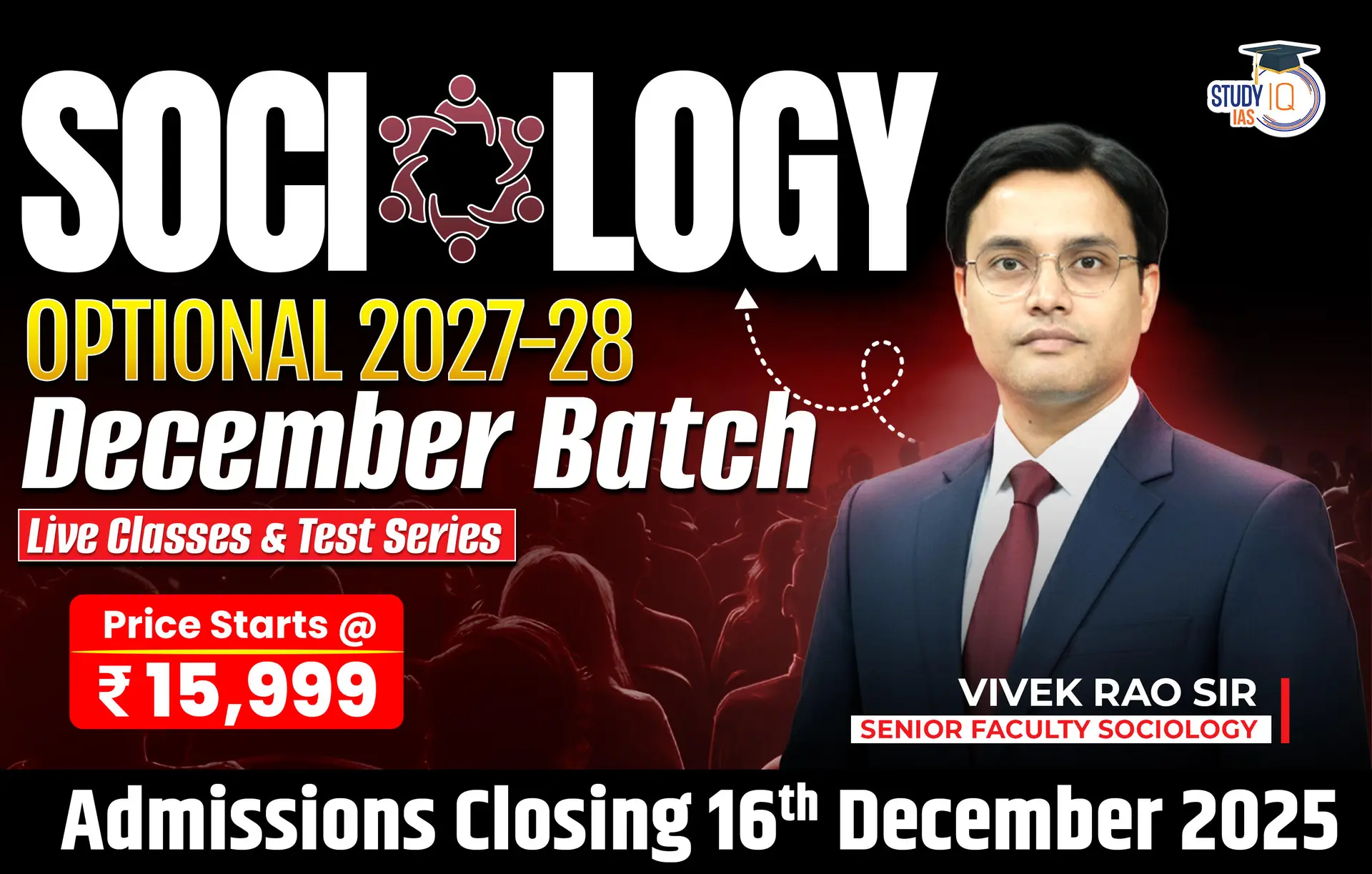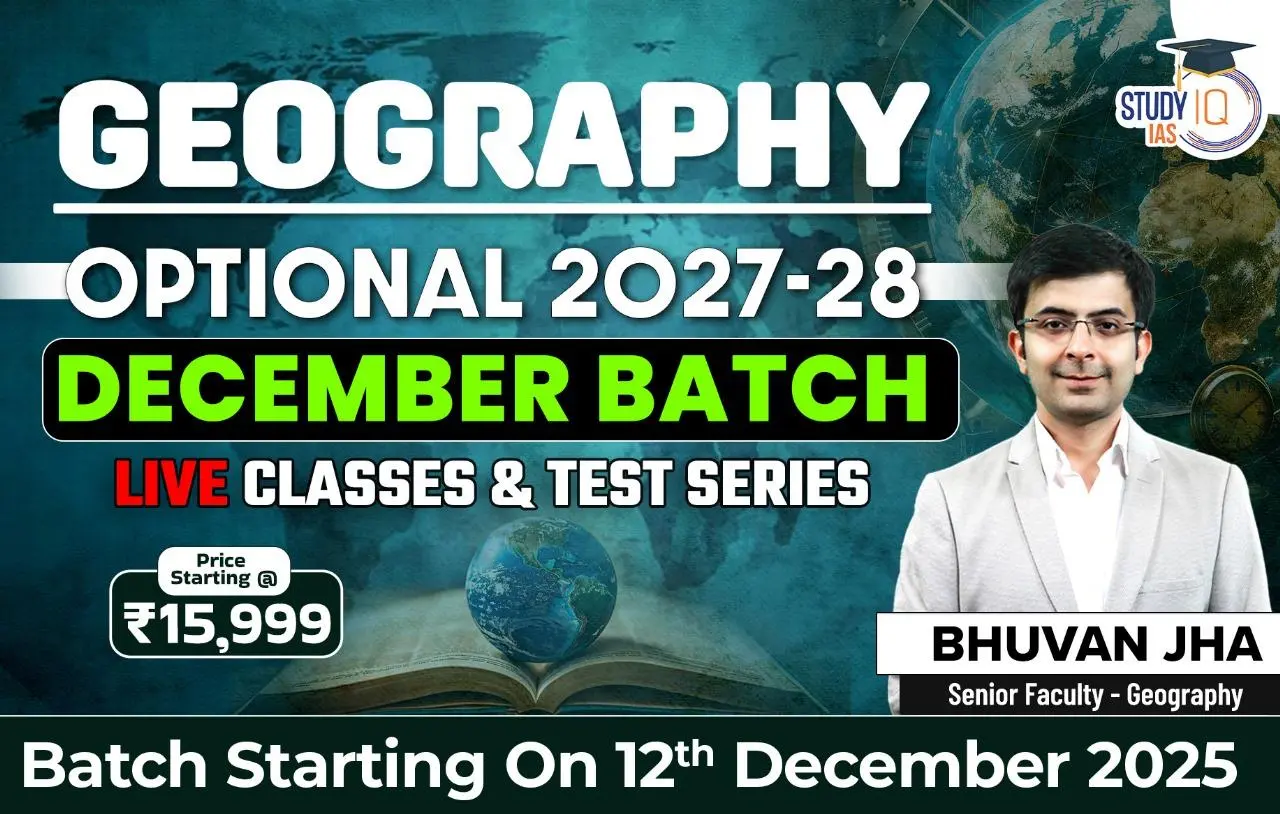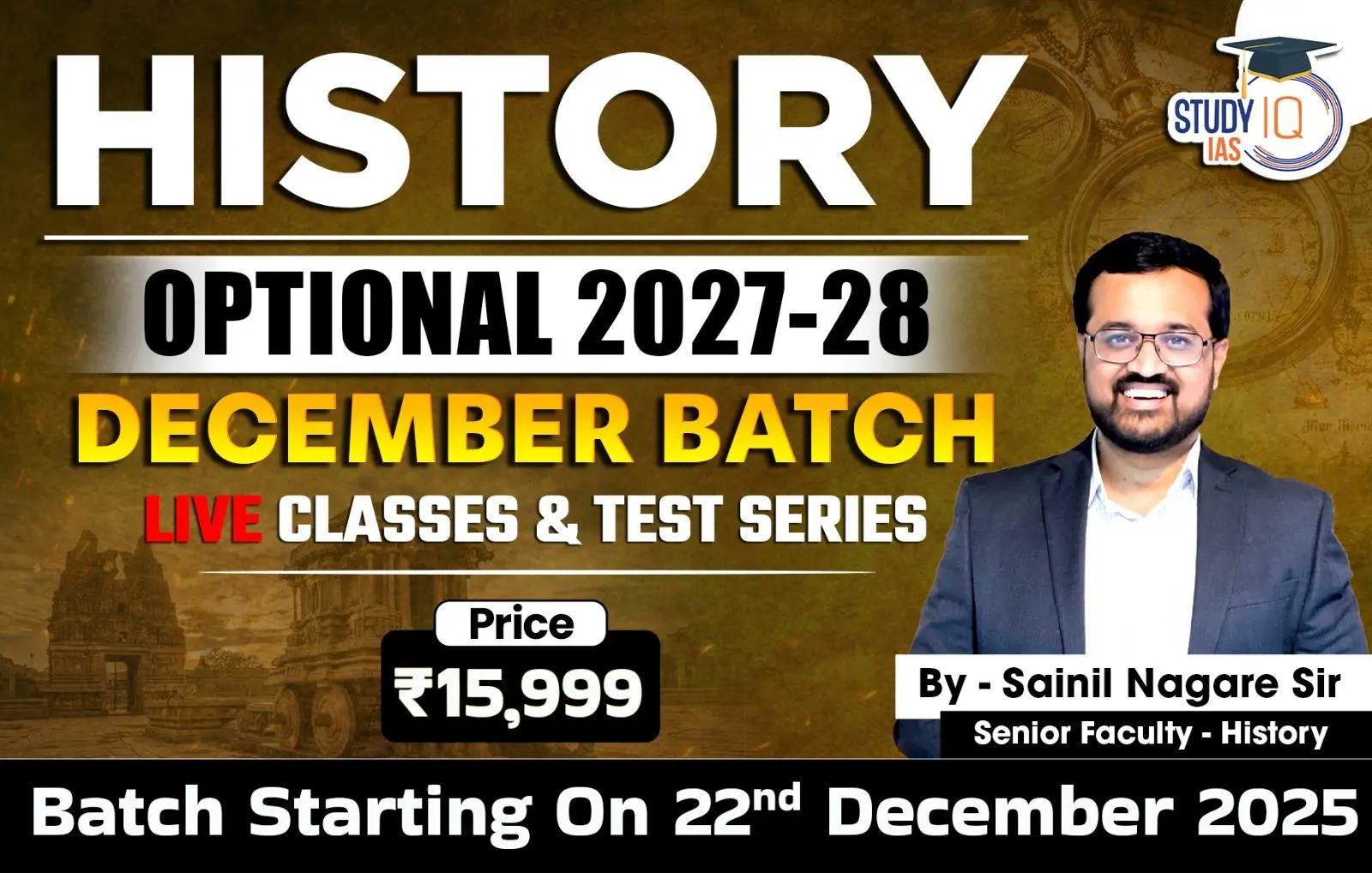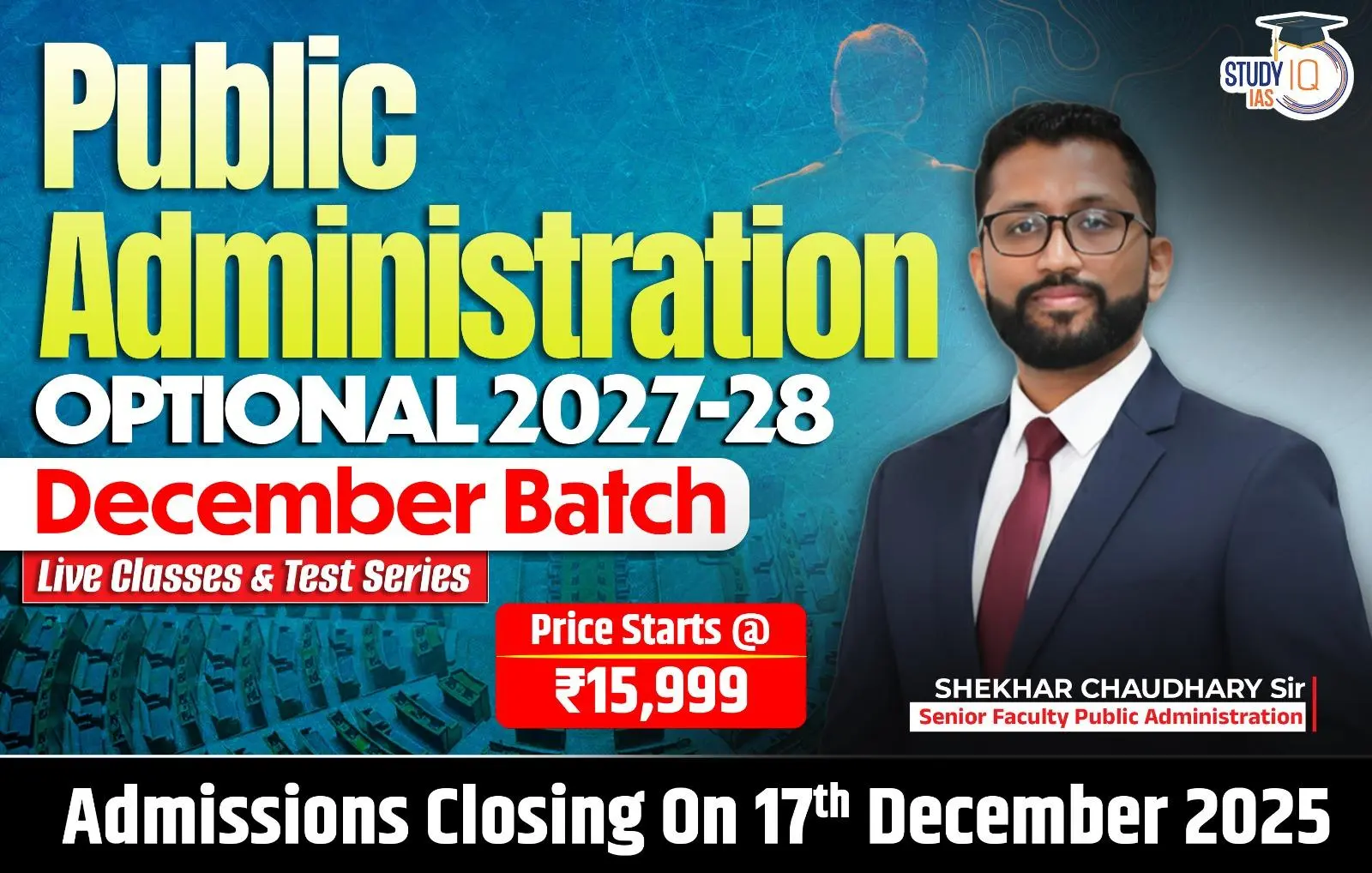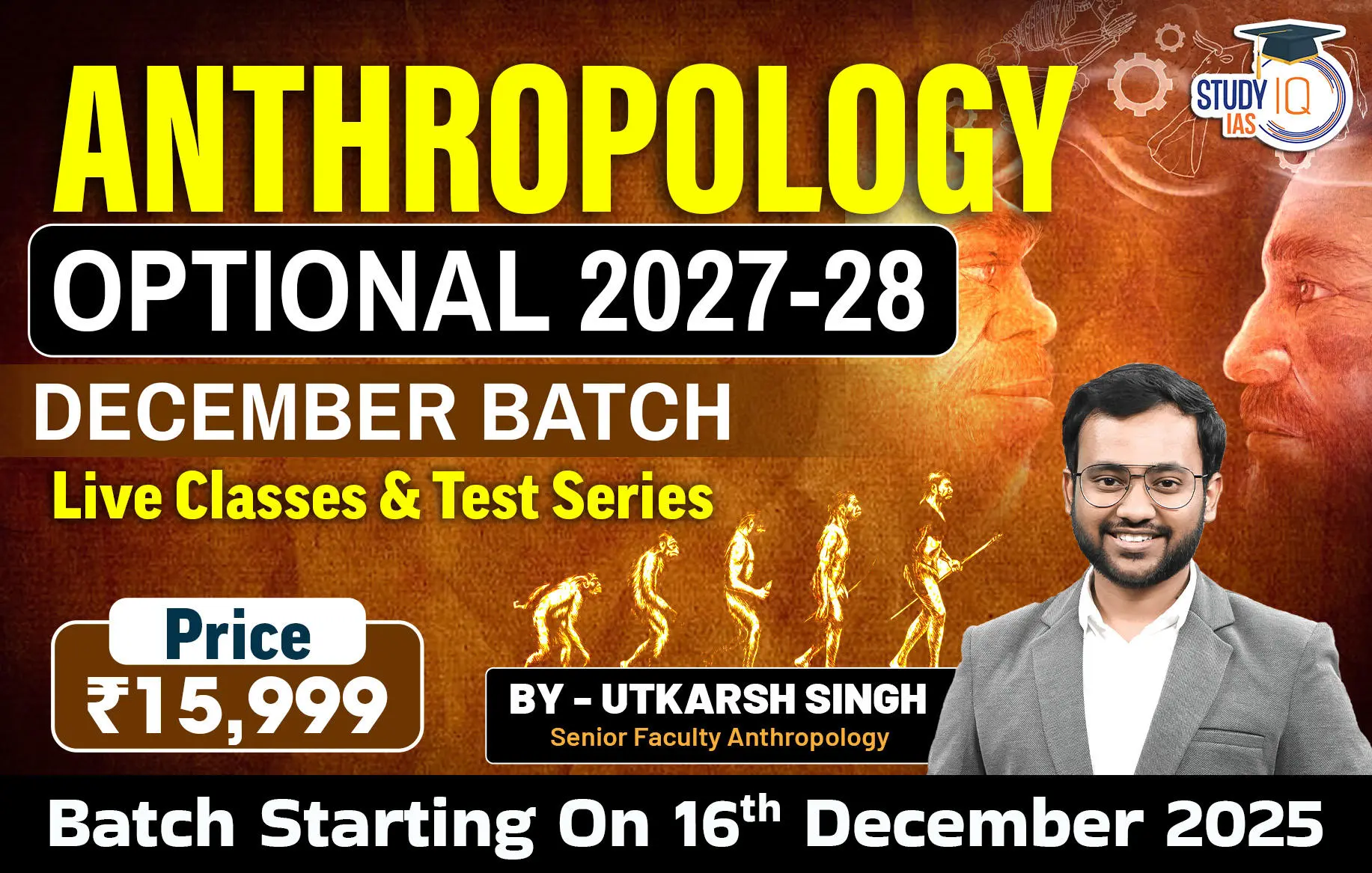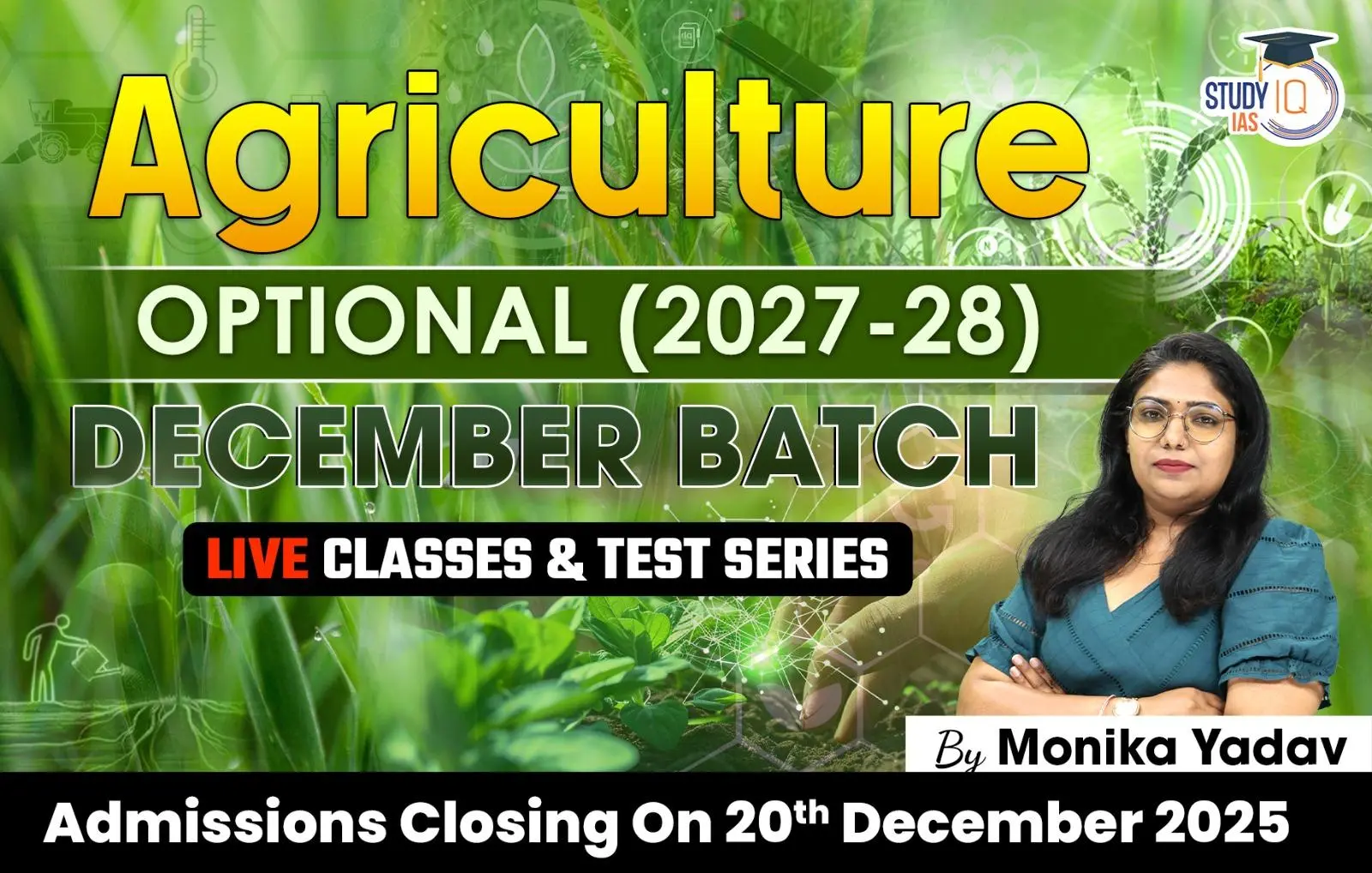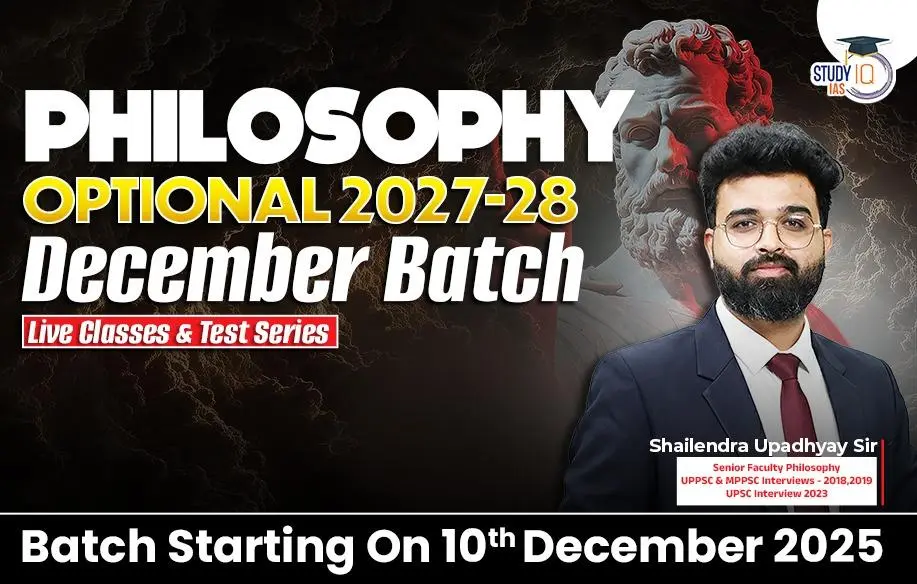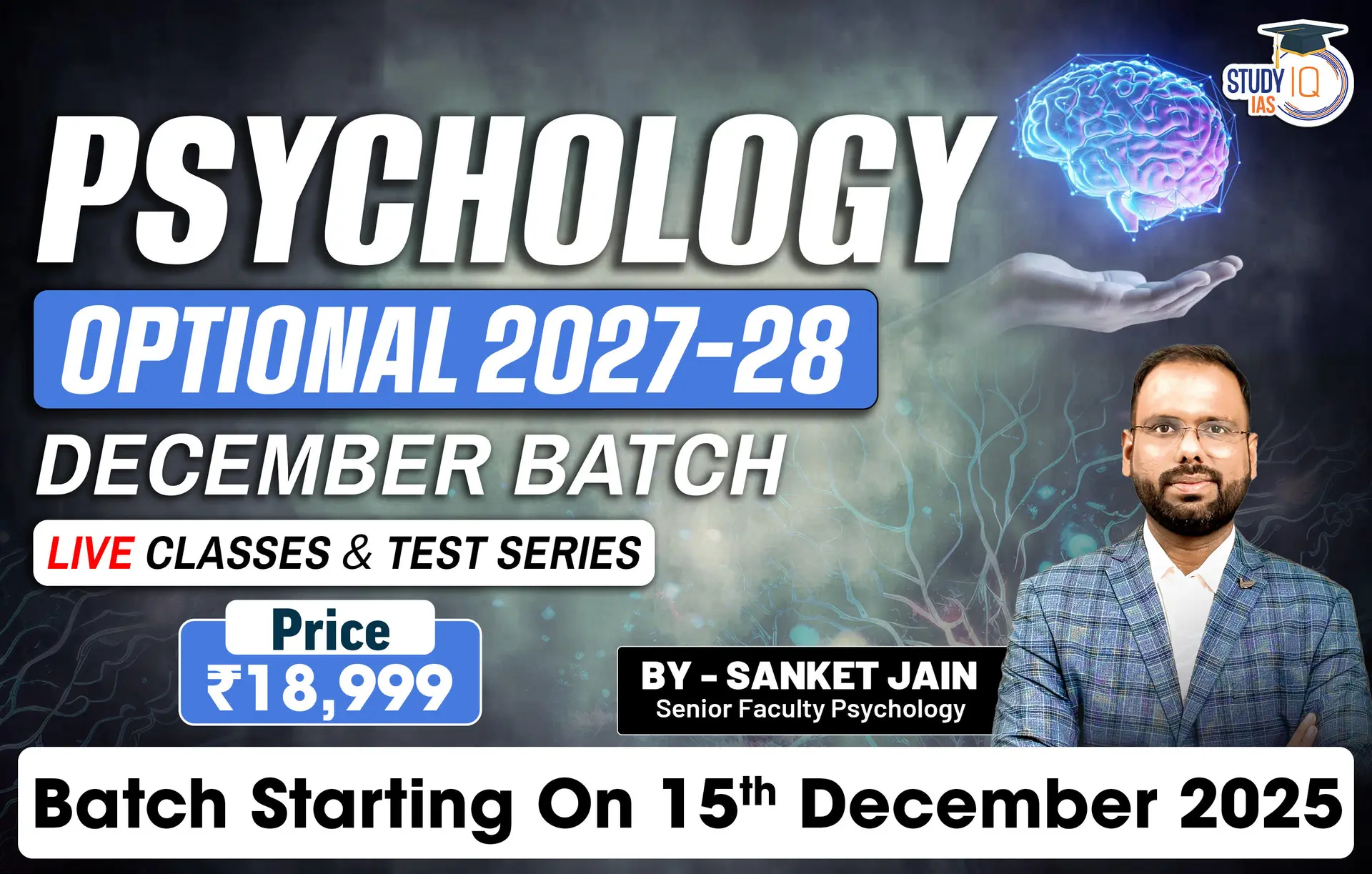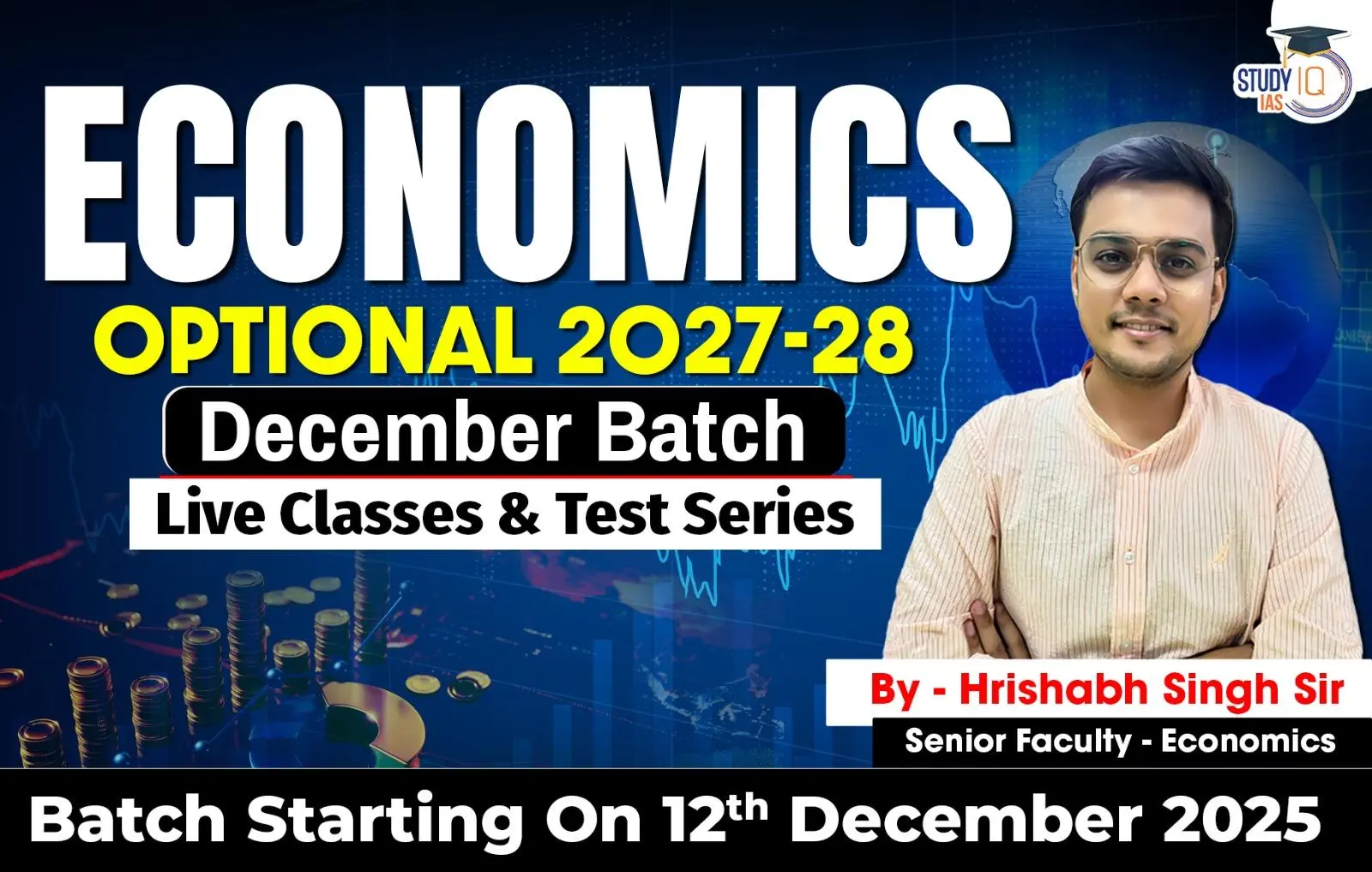Table of Contents
Context: PM JANMAN Saturation Campaign is the term used to denote the continuous efforts taken under Pradhan Mantri Janjati Adivasi Nyaya Maha Abhiyan (PM JANMAN) towards ensuring that government schemes and basic services become 100% saturated amongst Particularly Vulnerable Tribal Groups (PVTGs) throughout India.
PM JANMAN Scheme
The Government launched the Pradhan Mantri Janjati Adivasi Nyaya Maha Abhiyan (PM JANMAN) in November 2023 to improve the socio-economic conditions of Particularly Vulnerable Tribal Groups (PVTGs). The ‘Housing scheme‘ within the PM JANMAN Scheme aims to provide secure housing for 4.90 lakh PVTG households by 2026. However, the registration process using the ‘Awaas+’ mobile app has encountered several challenges.
| About PM JANMAN Scheme | |
| Launched | 15th November 2023, on Janjatiya Gaurav Diwas. |
| Type | Central Sector and Centrally Sponsored Schemes. |
| Funding |
|
PM JANMAN Saturation Campaign
The recent high-level review conference on PM-JANMAN Saturation Campaign under PM JANMAN Scheme in New Delhi on 16 May 2025 stressed physical completion of interventions and determined particular goals to attain 100% saturation at implementation levels.
Key Features of the PM JANMAN Saturation Campaign
- Objective: To provide holistic development and well-being of PVTGs through saturation of their habitations with primary amenities and individual benefits.
- Focus: Putting in place and successfully implementing key services and finishing physical infrastructure projects in a mission mode.
- Scope: Covering 75 PVTG groups in 18 states and the Andaman and Nicobar Islands Union Territory.
Focus Areas of PM JANMAN Scheme
PM JANMAN Scheme focuses on 11 critical interventions across 9 Ministries, including the Ministry of Tribal Affairs.
- Ministry of Ayush: The Ministry of Ayush will establish Ayush Wellness Centres according to existing norms.
- Ayush facilities will be extended to PVTG habitations through Mobile Medical Units.
- Ministry of Skill Development and Entrepreneurship: This ministry will facilitate skill and vocational training in PVTG habitations.
- It will also set up Multipurpose centres and hostels tailored to the skills of these communities.
| S.No. | Activity | Beneficiary/Targets | Cost Norms |
| 1 | Provision of Pucca Houses | 4.90 lakh households | Rs 2.39 lakhs/house |
| 2 | Connecting Roads | 8000 kilometers | Rs 1.00 crore/kilometer |
| 3a | Piped Water Supply (Individual Households) | All PVTG habitations | As per schematic norms |
| 3b | Community Water Supply | 2500 villages/habitations | As per actual cost |
| 4 | Mobile Medical Units with Medicine Cost | 1000 units (10 per district) | Rs 33.88 lakhs/MMU |
| 5a | Construction of Hostels | 500 | Rs 2.75 crore/hostel |
| 5b | Vocational Education & Skilling | 60 Aspirational PVTG blocks | Rs 50 lakhs/block |
| 6 | Construction of Anganwadi Centers | 2500 | Rs 12 lakhs/AWC |
| 7 | Construction of Multipurpose Centers (MPC) | 1000 | Rs 60 lakhs/MPC |
| 8a | Energization of Households (Last Mile Connectivity) | 57,000 | Rs 22,500/HH |
| 8b | Provision of 0.3 KW Solar Off-grid System | 100,000 | Rs 50,000/HH or as per cost |
| 9 | Solar Lighting in Streets & MPCs | 1500 units | Rs 1,00,000/unit |
| 10 | Setting up of Van Dhan Vikas Kendras (VDVKs) | 500 | Rs 15 lakhs/VDVK |
| 11 | Installation of Mobile Towers | 3000 villages | As per schematic norms cost |
Pradhan Mantri Janjati Adivasi Nyaya Maha Abhiyan Scheme (PM-JANMAN)
Historical Background
The Dhebar Commission (1960-61): It identified disparities among Scheduled Tribes, leading to the creation of the Primitive Tribal Groups (PTG) category.
- In 2006, the PTG category was renamed to PVTGs, characterised by:
- Pre-agricultural lifestyles
- Low literacy rates
- Small or stagnant populations
- Subsistence economies
| Facts |
|
- Current Vulnerabilities: These tribes comprise around 14.6 lakh households and live in remote, often inaccessible areas, relying on pre-agricultural methods and facing low literacy rates, economic backwardness, and stagnant populations.
- Government Initiatives: As announced in the Budget Speech 2023-24, the Pradhan Mantri PVTG Development Mission aims to improve the socio-economic conditions of PVTGs.
- The mission will provide basic facilities such as:
- Safe housing
- Clean drinking water and sanitation
- Improved access to education, health, and nutrition
- Funding and Implementation: An amount of ₹15,000 crore will be allocated for the mission over the next three years under the Development Action Plan for the Scheduled Tribes (DAPST).
- The mission will provide basic facilities such as:
Challenges in the Registration Process
- Jobcard Deletion: A mandatory requirement for registration is a jobcard, but many PVTGs have been wrongly excluded due to widespread deletions of MGNREGA workers.
- Pre-populated Villages: Discrepancies between the app and MGNREGA village lists cause confusion.
- Example: Vanjari Panchayat in Andhra Pradesh has 22 villages in the app but 31 in MGNREGA MIS.
- Data Mismatch: Data collection is crucial for Direct Benefit Transfers (DBTs), but mismatches between registration details and Aadhaar records have caused issues, as seen with the wrongful deletion of MGNREGA workers and suspension of PM KISAN entitlements.
- PVTG Information: The app defaults to the ‘ST’ category, causing non-PVTG registrations and necessitating certification from local officials, who may act against PVTG interests.
- Aadhaar-Related Issues: The app requires Aadhaar-linked names but lacks guidance for those without Aadhaar. It also doesn’t capture specific PVTG information, leading to ineligible registrations.
- Geo-Tagging and Network Issues: The geo-tagging feature faces challenges due to network problems.
- Cumbersome Bank Selection: The app’s extensive dropdown lists for bank and branch selection create unnecessary complexity.
- Example: The app’s dropdown lists over 300 banks and 500 branches for options like ‘State Bank of India’, complicating the process.
- The India Post Payments Bank (IPPB), crucial for financial inclusion in remote areas, is missing from the app’s list of banks.
- Example: The app’s dropdown lists over 300 banks and 500 branches for options like ‘State Bank of India’, complicating the process.
Potential Solutions
- Streamlining Registration: Simplifying the registration process and updating the mobile app can improve accessibility for PVTGs.
- Inclusion of IPPB: Incorporating the IPPB as a bank option would enhance financial inclusion for PVTGs.
- Community Engagement: Involving gram sabhas in the process can ensure better representation and address concerns of PVTGs.
- Reinstating Jobcards: Efforts should be made to reinstate wrongly deleted jobcards to ensure eligible PVTGs can register.

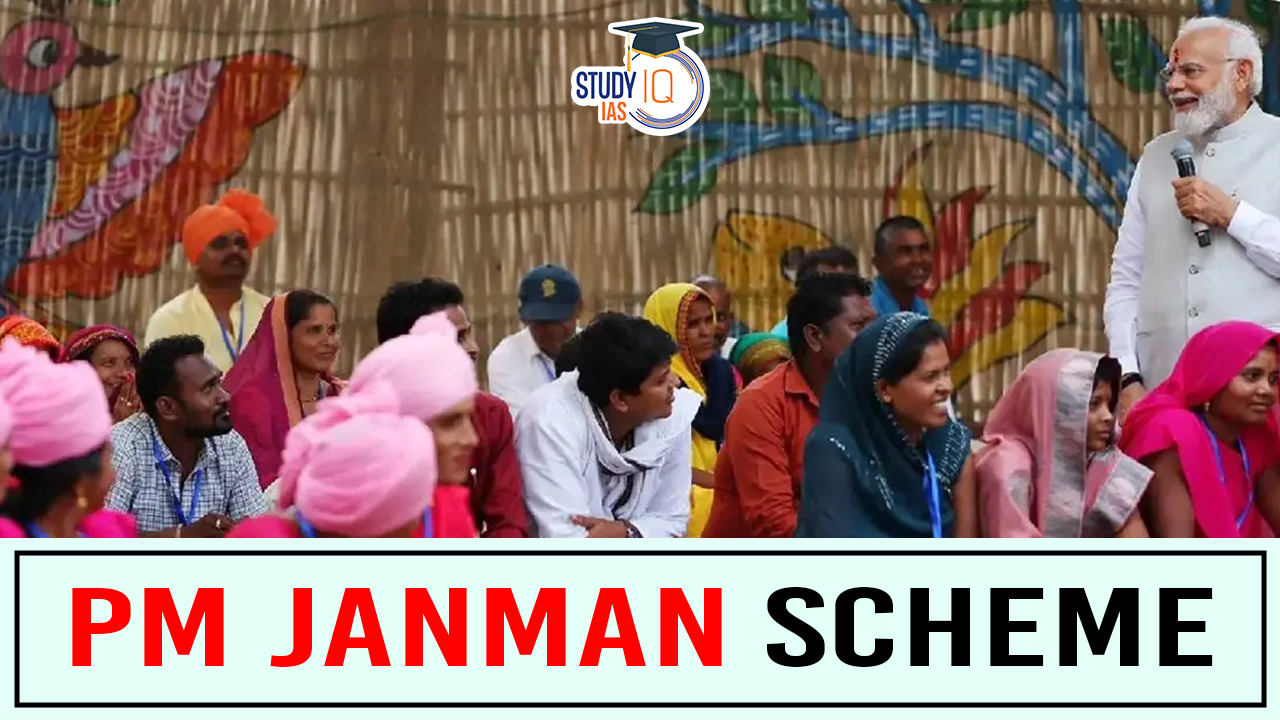
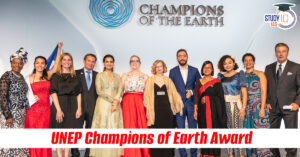 UNEP Champions of the Earth Award: UN's ...
UNEP Champions of the Earth Award: UN's ...
 Shilp Didi Programme: Empowering Women A...
Shilp Didi Programme: Empowering Women A...
 Is the Falling Rupee a Cause for Alarm?
Is the Falling Rupee a Cause for Alarm?

